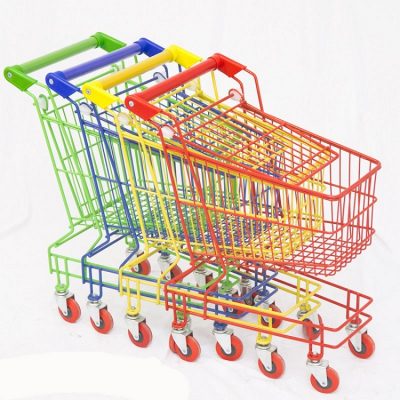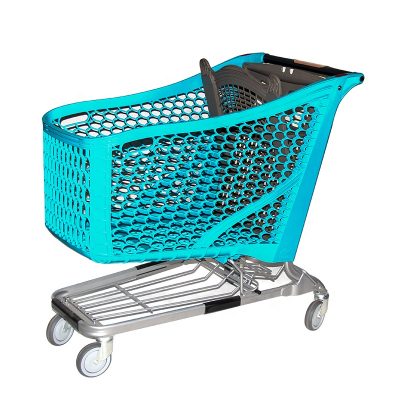The main materials for flat trolley casters are: polyurethane, cast iron and cast steel, nitrile rubber wheels (NBR), nitrile rubber, natural rubber wheels, silicone fluorine rubber wheels, neoprene rubber wheels , Butyl rubber wheels, silicone rubber (SILICOME), EPDM rubber wheels (EPDM), fluorine rubber wheels (VITON), hydrogenated nitrile (HNBR), polyurethane rubber wheels, rubber and plastics, PU Rubber wheels, PTFE rubber wheels (PTFE processing parts), nylon gears, POM rubber wheels, PEEK rubber wheels, PA66 gears, POM rubber wheels, engineering plastic parts (such as high-strength PPS pipes, PEEK pipes, etc.).
The function of the adjustable agent is large. A number of physical and mechanical function policies can be changed in certain cases through the selection of original materials and adjustment of formulas, and then the same requirements of users for the functions of the finished product can be met. For example, hardness is often an important guideline for the finished product. The polyurethane wheel elastomer can be made into a soft printing rubber roller with a Shore A hardness of 20 or a hard rolled steel rubber roller with a Shore D hardness of 70 or more. , This is difficult to achieve with all elastomer materials. Polyurethane elastomer is a polar polymer material composed of a lot of flexible and rigid segments. With the increase in the share of rigid segments and the increase in the density of polar groups, the original strength and hardness of the elastomer will increase accordingly.
The processing methods are diverse and the applicability is wide. Polyurethane elastomer can not only be molded by plasticizing, mixing, and vulcanizing technology just like general rubber; at the same time, it can also be made into liquid rubber, injection molding compression molding or spraying, potting, centrifugal molding; it can also be made into pellets, and Generally, plastic is the same, and it is formed by injection, extrusion, calendering, blow molding and other techniques. Molded or injection molded parts can also be processed by cutting, grinding, drilling and other mechanical processing within a certain hardness scale. The diversity of processing makes the suitability of polyurethane elastomers very wide, and the scale of application continues to expand.
Oil resistance, ozone resistance, aging resistance, radiation resistance, low temperature resistance, good sound permeability, strong adhesion, excellent biocompatibility and blood compatibility. These benefits are the reasons why polyurethane elastomers have been widely used in military industry, aerospace, acoustics, and biology.
The casters have superior wear resistance. Especially in the presence of water, oil and other humid media, its abrasion resistance is usually several to several tens of times that of general rubber materials. Although metal materials such as steel are tough and sturdy, they are not necessarily the most wear-resistant. For example, the large-scale water pump in the Yellow River irrigation area has the metal mouth ring and maintenance ring of the flow part through a lot of sand erosion. It took less than a few hundred hours for severe wear and water leakage, and the use of polyurethane elastomer-covered mouth ring and maintenance ring continued to run for 1800 hours without wearing. Others such as the rubber rollers of the rice hulling machine, the vibrating screen for coal preparation, the raceway of the moving field, the dynamic oil seal ring for the crane forklift, the elevator wheel and the roller skate wheel, etc. are also polyurethane. Where elastomers come in. The point to be mentioned here is that to improve the friction coefficient of low- and medium-hardness polyurethane elastomer parts and improve the wear resistance under load, a small amount of aluminum disulfide, graphite or silicone oil can be added to this type of polyurethane elastomer. And other lubricants.



















